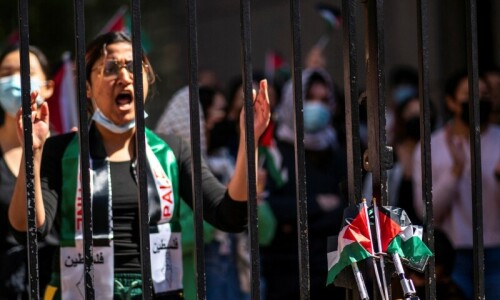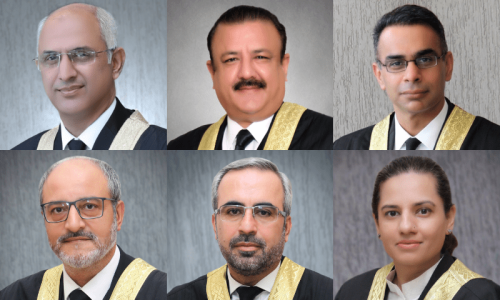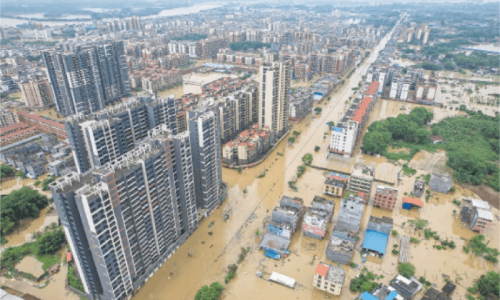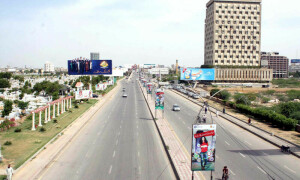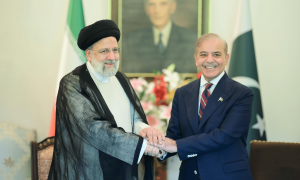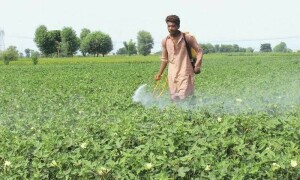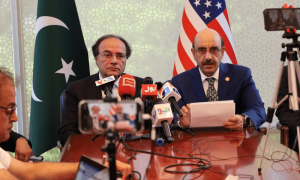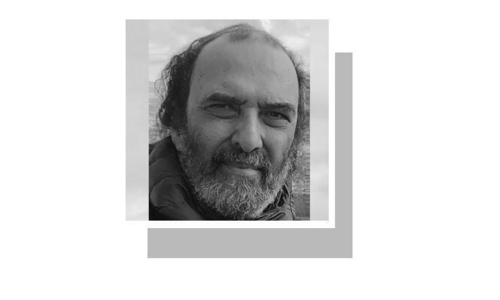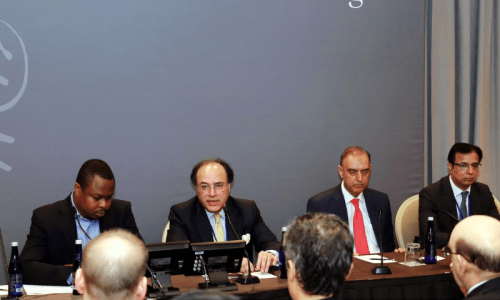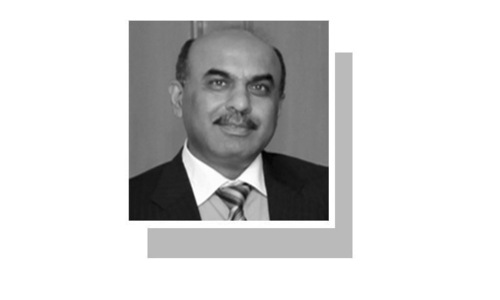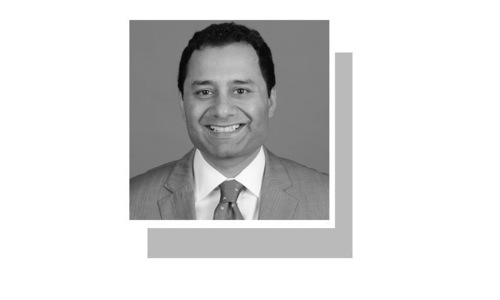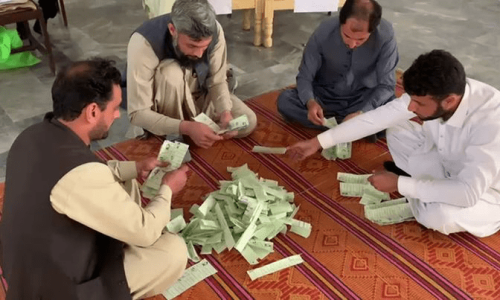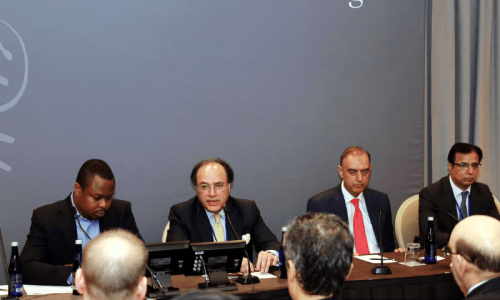ISLAMABAD: The Pakistan Muslim League-Nawaz (PML-N) considers the China-Pakistan Economic Corridor (CPEC) a panacea for all ills, including the rampant poverty plaguing the country.
According to Ahsan Iqbal, Minister for Planning and Development, CPEC will play an important role in achieving targets set under the Vision 2025 plan.
In a written response laid before the National Assembly, the minister stated: “Pakistan Vision 2025 sets the target of reducing multidimensional poverty by half from the headcount of 40.8pc witnessed in 2012-13.
“CPEC will provide an opportunity for provision of affordable energy to all and upgrade connectivity around the country which will create more opportunities for all.”
Moreover, the minister said, the government was planning to take the economic growth rate to beyond 7pc in the medium-term, which would also help its efforts to bring down the poverty rate in the country.
However, for independent economists like Dr Kaiser Bengali the country was currently witnessing downward trends in key sectors, which could actually play a real role in the creation of new jobs that would help fight endemic poverty.
For example, Dr Bengali explained, industry was increasingly closing down and this was manifested in the trend of falling exports and rising imports under present government.
The only sectors witnessing growth nowadays include the stock exchange, real estate development and the commodities market, which are largely based on speculation and have nothing to do with job creation. Dr Bengali observed: “The Gwadar-Kashgar road will prove to be another Afghan transit trade-like arrangement, only affecting country’s remaining industry.”
But in his answer, the minister was far more than optimistic.
Other measures that, in his opinion, would help the government achieve its poverty alleviation targets included plans to establish sufficient social protection for all marginalized and vulnrable segments of society. A national framework in this regard has recently cleared the technical advisory committee with the help of the provinces, the minister told the house in his reply.
As part of its initiatives to achieve poverty alleviation-related targets, the government is looking to make economic growth more inclusive and sustained, extend the outreach of social safety nets to an additional five million people (over 16 percent of the population) and reduce the incidence of indirect taxation and broaden the income tax base.
Furthermore, enhanced allocations for the PSDP to improve distribution mechanisms, increasing access to quality services such as an endowment fund for education, better nutrition and the Prime Minister’s Health Insurance Scheme will extend the coverage of health services.
Published in Dawn, September 28th, 2016
















